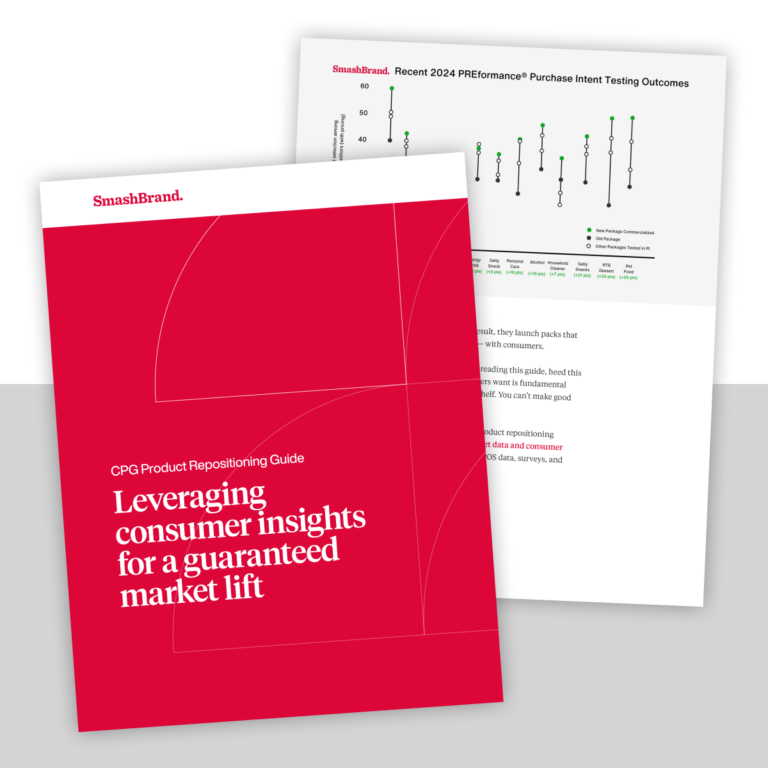Customers don’t spend much time studying beverage bottles on store shelves. They look for the product they’re familiar with, the product they’ve heard good things about or the product that’s the best looking (we’re kind of like turkeys in this way). So, what key features will you have to have included in the bottle design for your beverage? Creative designs are critical to the success of beverage sales in this absurdly competitive market.
Creative beverage design doesn’t necessarily mean having a Salvador Dali-like eye for visual interest (although it could help). It means incorporating all available data on consumer trends, manufacturing processes, shipping procedures and market research into your design in an eye-pleasing way.
There are countless reasons a customer might choose your beverage bottle, depending upon what sort of beverage it is. If it’s an energy drink, a customer might choose it because it’s well-shaped and will fit into an elliptical cup holder or gym bag compartment. If it’s a premium vodka, a customer might select it because it is elegantly crafted and would look beautiful in a home bar display. If it’s a cheap vodka, a customer might pick it up because it’s a high-grade plastic and won’t spill a drop of precious, precious liquor when dropped.
Now, there are different package design qualities for every type of beverage, so for the purpose of this article, we’ll concentrate on three of the most basic and category-less qualities.
Beverage Features Are Clear
Certain beverages (fruit juices and health drinks, for example) are best served by bottles that clearly list the ingredients and benefits in clear letters, right on the front. If someone is looking for 100 percent pure cranberry juice, then he/she is going to snatch up the bottle with that distinction in big, bold letters. And that customer will likely regret that decision deeply, since 100 percent pure cranberry juice tastes like motor oil.
Regardless, sell the product’s distinctive features, if the product has any. Organic; locally sourced; unpasteurized; 100 percent natural; uses cane sugar and no corn syrup; these are qualities some consumers really want. Communicating this information prominently will influence the customer’s purchasing decision meaningfully. If your grain alcohol is 190 proof, that information will surely influence a customer’s purchasing decision.
Bottle Is Eco-Friendly
Environmental concerns have become legitimate marketing tools in the past decade, for excellent reason. We’ve become overwhelmed by trash threatening to turn the earth into a barren wasteland, and the human species into a collective of desperate, sun-scorched throwbacks – much like humans of 8,000 years ago but with iPhone 10s.
Is the beverage bottle made of recycled materials? If the answer is yes, let the customer know, for heaven’s sake! Most customers don’t want to be seen contributing to the wasteful consumer culture, even if they technically are. Make us feel good about purchasing your energy drink or prestige water!
Bottle Is Reusable, Glass, or Free of Chemicals
The forward-thinking beverage manufacturer will recognize the customer demand for largely absent bottles, potentially cancer-causing chemical additives. Even if some consumers don’t really have a huge emotional investment in eco-friendliness, they still don’t want their water bottles to cause the growth of malignant tumors.
We won’t be so callous as to call this a trend per se … but consumer tastes are leaning towards reusable water and energy drink bottles that are reusable and absent all of that pesky, estrogen-disrupting BPA. Major manufacturers have introduced individually serving glass products to the market — Coca-Cola and S.C. Johnson have jumped onto the glass product chariot with both feet.
In summation, beverage creative designs must tame creativity with practicality, consumer mood and environmental/health concerns. They must also convince the customer that the product is delicious, will make others find them sexy and will help them carve out the life they’ve always wanted. This seems like a tall order, but Starbucks inexplicably managed to achieve this for nearly 20 years. Probably the random use of the Italian language in the size options had something to do with it.
Data-Driven Brand Development
Want a best-selling brand? SmashBrand is a brand development agency for FMCG and CPG companies. From brand strategy to packaging design testing, our Path To Performance™ process guarantees a retail performance lift. Book a time to discuss your project with our team.
Subscribe to
Nice Package.
A monthly newsletter that unpacks a critical topic in the FMCG & CPG industry.
Free Resource.

CPG product repositioning guide.
Explore the five undeniable signs your CPG product needs repositioning along with strategies for leveraging consumer insights for a guaranteed market lift.
Learn More About CPG product repositioning guide.